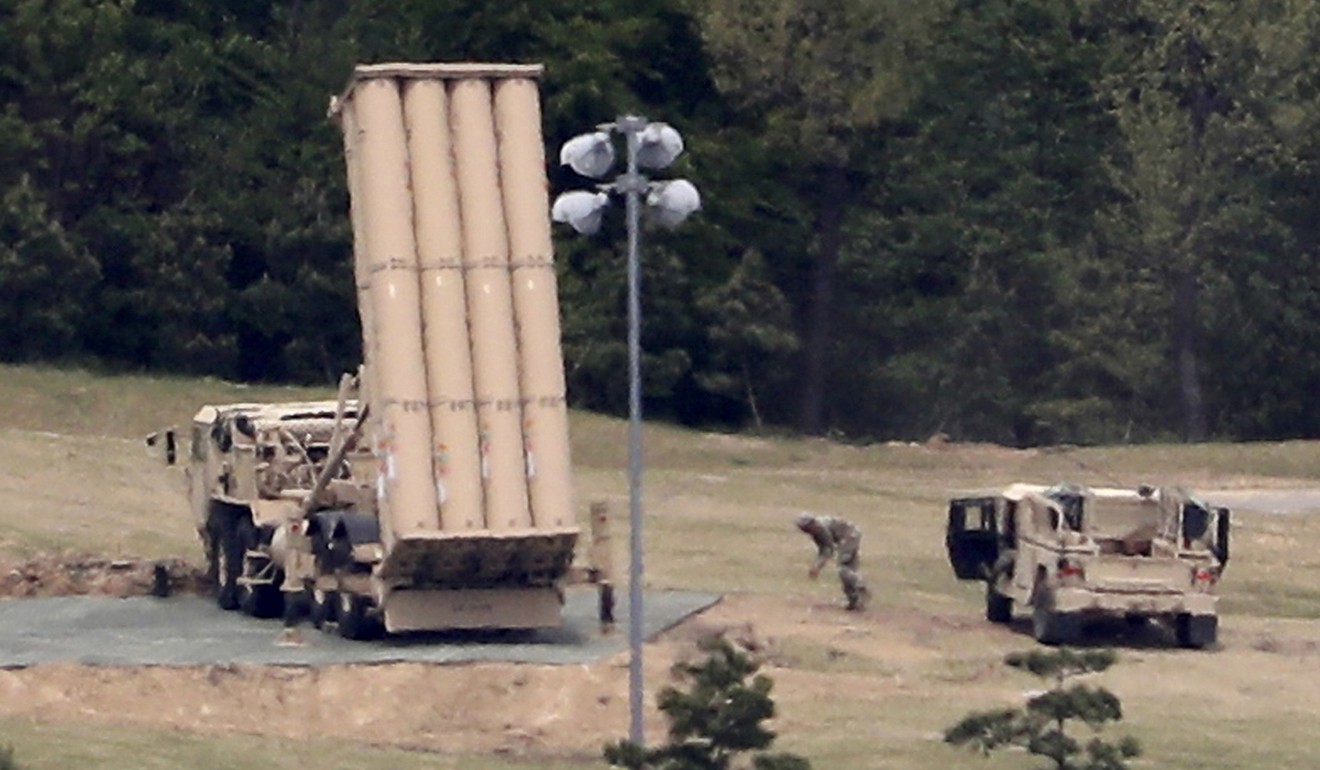
Suspected North Korean drone photographed US THAAD missile site before crash
Investigators discovered hundreds of photos from the drone’s Sony-made in-built camera
A drone suspected to be from North Korea had taken aerial photos of the US THAAD anti-missile defence site in South Korea before it crashed on its way back.
Seoul’s Defence Ministry said Tuesday investigators discovered hundreds of photos from the drone’s Sony-made in-built camera.
The ministry said they include 10 photos of the Terminal High Altitude Area Defence missile launchers and a radar system installed in the southeastern town of Seongju earlier this year. It says the rest are mostly photos of residential areas, farming fields and other less-sensitive areas in the South.
Drones are a relatively new addition to North Korea’s arsenal. In 2014, several other suspected North Korean drones were found south of the border and experts said they were low-tech but could be considered as a potential security threat.
“We will come up with measures to deal with North Korean drones,” said an official at South Korea’s Office of the Joint Chiefs of Staff, who also declined to be identified as he is not authorised to speak to the media.
North Korean drones are known to have flown over South Korea several times.
North Korea has about 300 unmanned aerial vehicles of different types including one designed for reconnaissance as well as combat drones, the United Nations said in a report last year.
The North Korean drones recovered in South Korea were probably procured through front companies in China, with parts manufactured in China, the Czech Republic, Japan and the United States, it added.

The discovery of the photos on the drone came as US Defence Secretary Jim Mattis said that North Korea’s advancing missile and nuclear programmes were the “most urgent” threat to US national security and that its means to deliver them had increased in speed and scope.
“The regime’s nuclear weapons programme is a clear and present danger to all, and the regime’s provocative actions, manifestly illegal under international law, have not abated despite United Nations’ censure and sanctions,” Mattis said in a written statement to the House Armed Services Committee.
“The most urgent and dangerous threat to peace and security is North Korea,” the statement added. “North Korea’s continued pursuit of nuclear weapons and the means to deliver them has increased in pace and scope.”

Earlier this month, the UN Security Council expanded targeted sanctions against North Korea after its repeated missile tests, adopting the first such resolution agreed by the United States and China since US President Donald Trump took office.
The US focus on North Korea has been sharpened by dozens of North Korean missile launches and two nuclear bomb tests since the beginning of last year and by Pyongyang’s vow to develop a nuclear-tipped intercontinental ballistic missile capable of hitting the US mainland.
Mattis, speaking before the panel, warned of the potential losses in the case of conflict with North Korea.
“It would be a war like nothing we have seen since 1953 and we would have to deal with it with whatever level of force was necessary ... It would be a very, very serious war,” Mattis said.
The Korean war ended in 1953, three years after fighting began in a conflict that would kill 140,000 South Koreans, 36,000 US soldiers and 1 million civilians.
South Korea’s top national security adviser said last week that Seoul did not aim to change its agreement on the deployment of a US anti-missile system to protect against North Korea, despite a decision to delay its full installation.
Associated Press, Reuters
